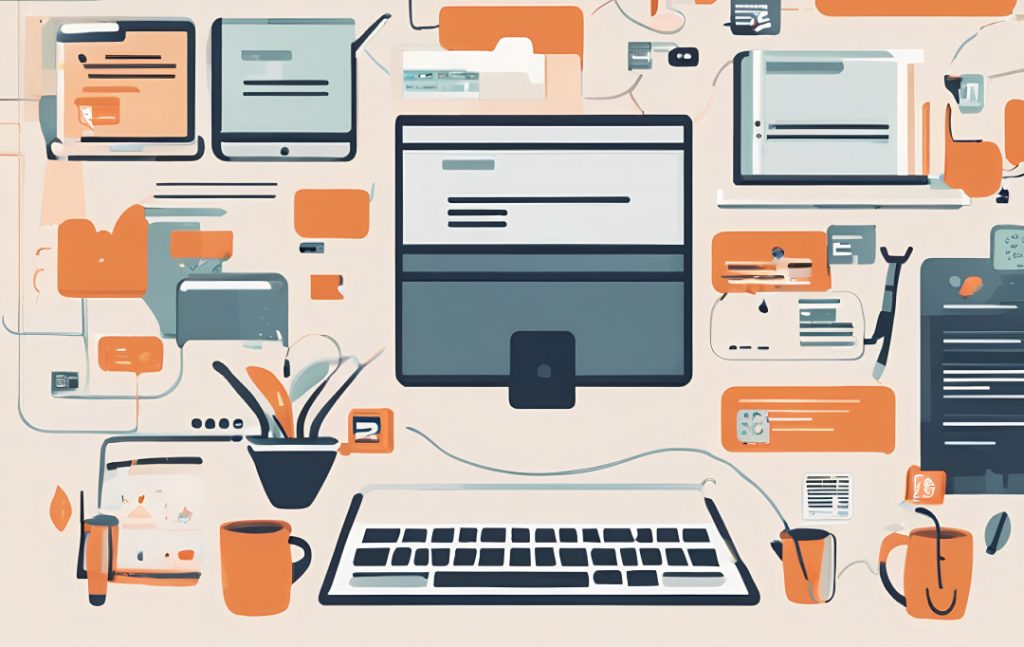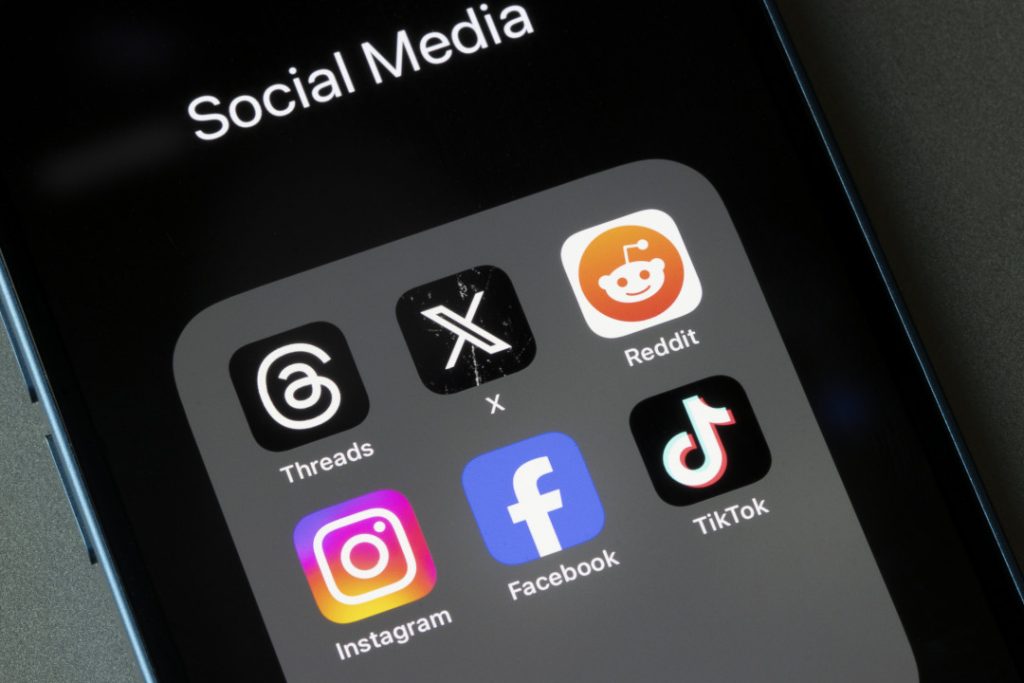If you want to keep up with your B2B brand’s competition, regular old digital marketing (your Facebook page, search ads, etc.) is only the starting point. Eventually, you’re going to need to create full-fledged digital experiences that reach your customers on all of the devices and platforms they’re using.
Yes, that probably means TikTok. But also social ecommerce hubs and mobile apps.
You don’t need to dive head first into every possible online opportunity for your B2B brand just yet. Adopting just one of the four trends we’re tracking could position your B2B brand as a leader in the digital space.
1. First-Party Data Is Your B2B Brand’s Best Bet Amid Privacy Concerns
The first trend, the increasing importance of first-party data, requires some background to understand why data privacy is paramount online these days.
The EU’s General Data Protection Regulation (GDPR) — a 2016 law providing personal data protection to internet users — made waves worldwide. Even the United States has slowed its roll on tracking and releasing information about internet users.
We’re truly entering a privacy-first, anonymized world. So much so that Google is saying sayonara to some cookies by 2022, and Apple is scaling back on tracking app usage.
In a post-cookie world, B2B marketers’ stalker abilities (just calling it like it is) will be limited. You know when you barely speak out loud about your donut craving but still see a Dunkin ad online 20 minutes later? That won’t be a thing on Google past 2022. In other words, fewer cookies equal fewer ad targeting options.
Fear not, the internet won’t be totally stalker-free beyond 2021. Google is testing a new “Privacy Sandbox” initiative, developing privacy-friendly methods to target audiences that don’t rely on unique IDs or cross-site tracking. They’re also considering group targeting options where you could segment people with similar browsing histories and market to them collectively.
Why You Need Exceptional First-Party Data
Even with these new ad options to replace cookie-based targeting, user privacy is only becoming more important.
To that end, leveraging your first party, opt-in data is your best chance at reaching your customers while adhering to privacy laws. Rather than pivoting your marketing tactics each time Google releases another privacy rule, spend your time perfecting your existing data. After all, these are the people who have signed up and expect to hear from you — your most captive audience.
Personalized Marketing Is the New Norm For Enticing B2B Messaging
You’ve done the work to acquire and refine your first-party data, so don’t let it go to waste. Employ it for personalized marketing activities. Personalized marketing is exactly as it sounds — understanding who your customers are based on their past interactions with your brand and building custom campaigns using this information.
Personalized marketing is a fantastic investment because it’s much easier to convince existing, engaged customers to re-patronize your B2B brand than to get a brand new person through your doors.
Plus, let’s be honest, it feels special to receive something personalized to your preferences!
Influencer Marketing Is More Than a Fad — It Can Build Your B2B Brand’s Reputation
We’ve all seen our share of viral TikTok videos. But who originates that content? Social media influencers, of course. In case you’ve been living under a rock, an influencer is someone on social media who has built a following and reputation thanks to their content.
For B2B brands, influencer marketing is your chance to identify influencers who would make good brand ambassadors for your B2B brand and compensate (money, swag, etc.) those people for creating content about your brand.
Influencers build up your brand’s reputation because they’re telling their loyal followers that your B2B brand is worthwhile. Just like unsolicited online reviews hold more weight than a self-produced commercial touting your B2B company’s awesomeness, an influencer’s opinion means more than your own messaging.
TikTok Is Rocking the Social-scape
With an estimated 1.1 billion users and 2.6 app downloads, TikTok is the place for these triple tier marketing campaigns. Though relatively new, TikTok offers the most organic growth potential (hello, viral videos) of any social media option.
Better yet, TikTok is encouraging businesses to take part in the culture of the app — mixing ads and content all in one, a concept known as native advertising. Take advantage of the fact that ads blend in with users’ feeds so well they might not even realize you’re selling something.
TikTok might be the new kid on the block, but if you want your B2B brand to really stand out to younger generations, it’s the place to be.
Marketing Measurement Is Key
This last item isn’t a trend. In fact, it’s a time-tested must that we’d be crazy not to mention.
You could be the first B2B brand of your kind to follow one or all of these trends, but it doesn’t matter if you don’t properly measure your marketing efforts.
Proper measurement includes matching your digital campaigns to business objectives, and your business objectives to suitable KPIs. When you do measure your marketing tactics this way, you can react when something isn’t working and base future plans on what is.
Just like you, we’re excited about these cool newer marketing avenues. But don’t cut corners in your measurement or it’s all for naught.




